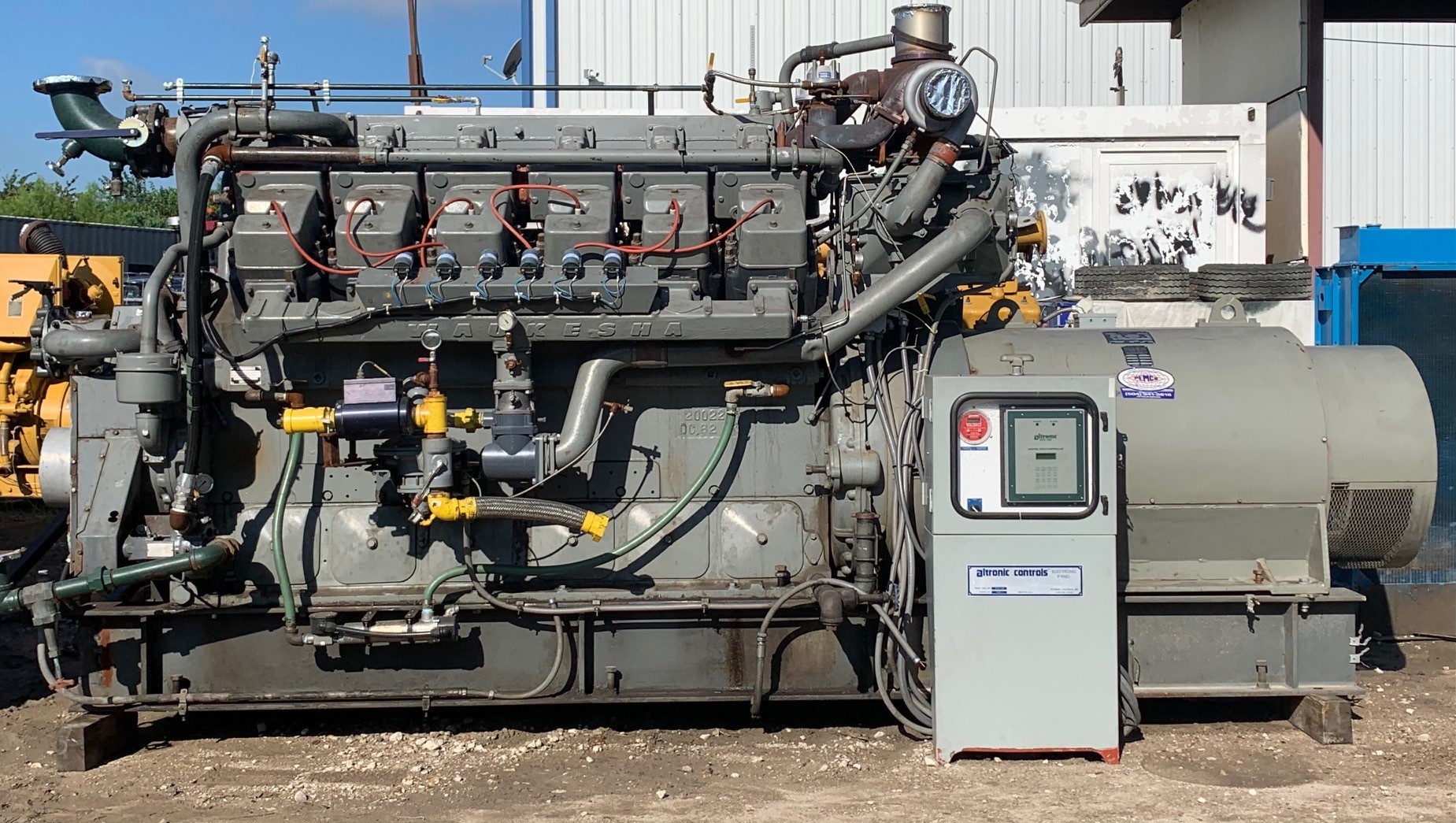Crucial Considerations for Making Sure High Quality and Durability in operation Engines
When thinking about the acquisition of an utilized engine, ensuring its quality and longevity needs a diverse approach. Upkeep history is an essential variable, as it gives insight into the engine's past treatment and possible future integrity. Past documentation, an in-depth assessment of physical parts-- such as belts, tubes, and seals-- can reveal hidden problems. Performance testing is also critical, offering a photo of the engine's operational efficiency. Recognizing the nuances of these analyses and their effects can be complex. What are the crucial approaches that can be employed to navigate this elaborate analysis procedure effectively?
Engine Background Analysis
In the realm of used engines, a thorough engine history examination is extremely important to ensuring top quality and integrity. Understanding an engine's past can supply crucial insights into its performance abilities and possible future longevity.
Additionally, examining any type of background of repair services or replacements is crucial. Engines that have actually gone through considerable repairs might have underlying concerns that can resurface. Recognizing the context of such repairs, whether due to manufacturing flaws or proprietor carelessness, is vital in creating an extensive assessment. Examining the engine's mileage can serve as an indicator of wear and tear. Reduced gas mileage engines are generally better, yet it is also important to consider how those miles were accumulated. An engine used mostly for long-distance highway driving may be in better problem than one subjected to regular stop-and-go city web traffic.
Essentially, an exhaustive investigation into an engine's background is important for making enlightened investing in decisions. used engines for sale.
Comprehensive Evaluation Guide
While understanding an engine's history gives beneficial context, an extensive assessment is the following action to guarantee its existing condition straightens with historic data. The assessment needs to start with an aesthetic assessment, checking for indicators of leaks, deterioration, and unusual wear. Inspect the exterior for oil discolorations or coolant marks, which might indicate underlying problems.
Following, evaluate the engine's installing system for any loose bolts or irregularities that might affect efficiency. Pay attention to the problem of belts and tubes, as these parts are important for ideal engine performance. Examine for fractures, fraying, or any signs of damage.

Recognizing Put On and Tear
Recognizing signs of see this site wear and tear is crucial for evaluating a used engine's durability and reliability. It involves a thorough exam of numerous engine parts to determine their existing state and potential future performance.
An additional crucial aspect is inspecting the engine's seals and gaskets. her comment is here Additionally, irregular sounds throughout engine operation, such as knocking or ticking audios, may indicate internal damage or too much wear on moving parts like pistons or bearings.
The condition of belts and pipes is just as essential, as they play an essential function in the engine's general function. Fractured or torn belts and fragile hose pipes are signs old that could result in engine failure if disregarded. Lastly, checking out the oil problem and filter can provide understandings right into previous maintenance techniques, as dirty oil or stopped up filters suggest forget and accelerated wear.
Performance Screening Essentials
Reviewing the wear and tear of engine elements establishes the phase for a detailed analysis via performance screening. Performance screening offers as an important procedure in determining the functional stability of an utilized engine.
Using dynamometers is a typical approach in efficiency screening. These tools gauge the engine's result across various conditions, offering an in-depth profile of its performance. In addition, on-road screening matches dynamometer evaluations by observing engine actions under normal driving scenarios, guaranteeing it satisfies the required requirements for both safety and performance.
Advanced diagnostic devices better boost the capability to determine underlying problems. These tools analyze engine monitoring systems, identifying mistakes in electronic components that could influence efficiency. Comprehensive testing not just verifies the engine's operational status but likewise aids in forecasting future upkeep requirements. This ensures the used engine can deliver trustworthy performance over an extensive period, therefore maximizing its value and life span.
Maintenance and Treatment Tips
Appropriate maintenance and care are essential to extending the life-span of a made use of engine and ensuring its constant performance. Regular oil changes are vital; making use of the producer's suggested oil type and quality can avoid too much damage. In addition, oil filters should be changed simultaneously to keep ideal lubrication and tidiness within the engine.
Keeping track of fluid levels, consisting of coolant, transmission fluid, and brake liquid, is crucial. Making sure these liquids are at appropriate levels aids avoid overheating and other mechanical concerns. Inspecting belts and tubes for indications of wear, such as splits or fraying, can avoid possible failures that may bring about costly repair work.
Regular evaluation of the air filter site link is likewise essential, as a clean filter makes sure efficient air movement and combustion, consequently optimizing engine efficiency. Spark plugs must be inspected and replaced when needed to maintain reliable gas combustion and stop engine misfires.
Finally, regular analysis checks using expert devices can determine potential problems prior to they end up being significant problems. By sticking to these upkeep and care ideas, made use of engine owners can ensure their engines continue to be reputable, effective, and qualified of doing well over an extended period.
Verdict
